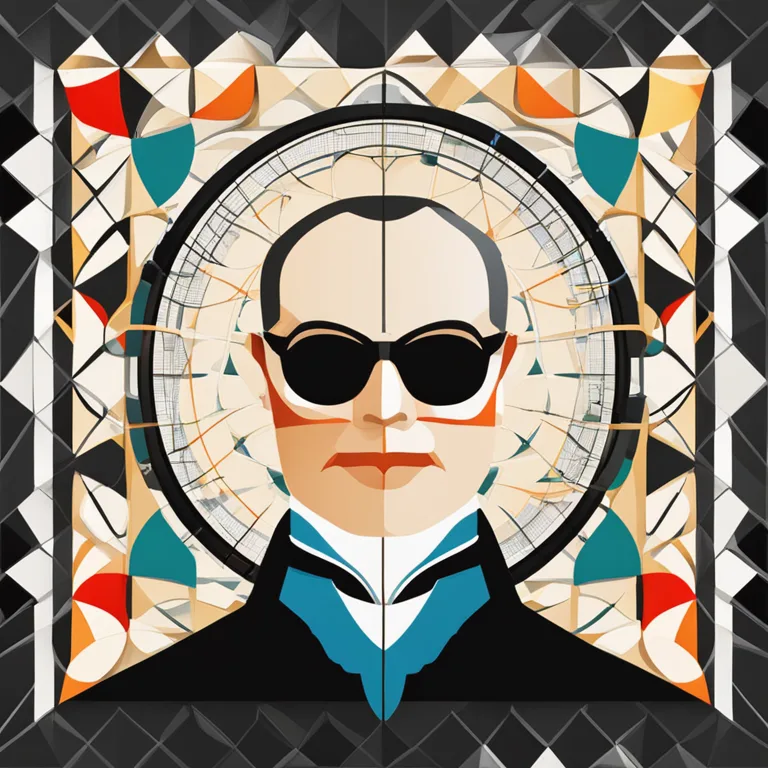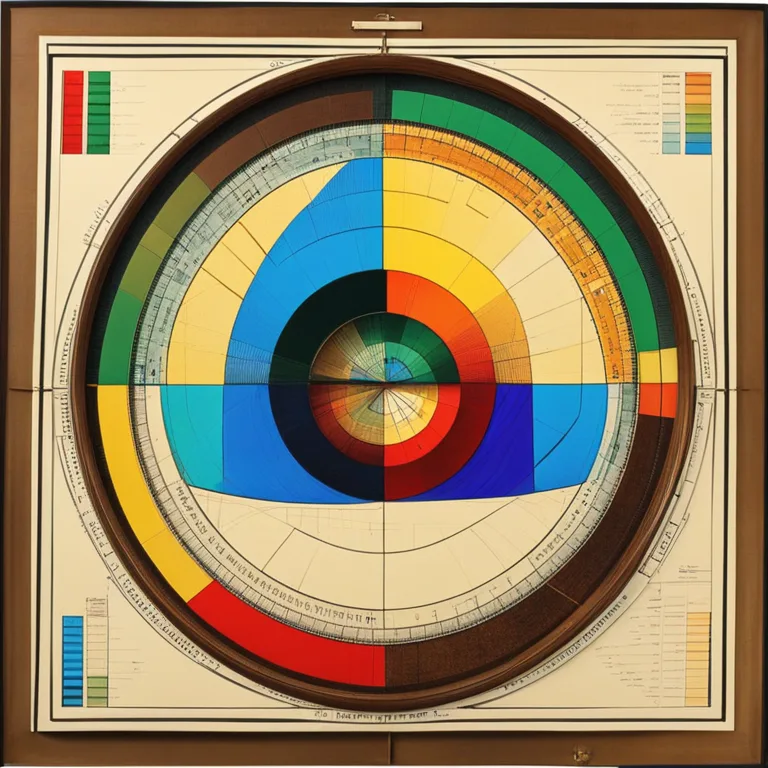
The Origins of Biorhythm Theory
Delve into the historical roots of biorhythm theory and discover how it emerged as a concept influencing human wellness and behavior.
article by Adrian Wallace
The Genesis of Biorhythm Concept
The principle of biorhythms can be traced back to the late 19th century, originating from the work of Dr. Wilhelm Fliess, a Berlin physician, and a close friend of Sigmund Freud. Fliess theorized that human life cycles were governed by natural, predictable rhythms. His fascination with numerical patterns led him to propose two primary cycles: a 23-day physical cycle and a 28-day emotional cycle. These cycles were believed to influence a person’s capability and emotions, respectively, and laid the groundwork for what would evolve into modern biorhythm theory.

Expansion of Biorhythm Cycles
The concept was expanded upon and popularized through the 20th century by various other theorists. One such proponent, Hermann Swoboda, a professor of psychology at the University of Vienna, independently came up with a similar biorhythm concept around the same time as Fliess. Additionally, Alfred Teltscher, a teacher and engineer, observed fluctuations in his students’ performance, which he connected to a 33-day intellectual cycle. These theories suggested that humans are influenced not just by a single rhythm but by multiple overlapping cycles.

Biorhythms in the Digital Age
The advent of the digital era and the development of computational technology allowed for biorhythm calculators and charting software to flourish. This advancement made it easier for individuals to track their own biorhythms. People began utilizing such tools to attempt to predict personal peak days for various activities, be it for sports, intellectual endeavors, or emotional interactions.

Scientific Scrutiny and Public Interest
While public interest in biorhythms grew, the scientific community remained skeptical, citing a lack of empirical evidence supporting the theory. Throughout the late 20th and early 21st centuries, numerous studies attempted to correlate biorhythmic patterns to health outcomes, performance metrics, and behavioral tendencies, with mixed results. Despite the scientific skepticism, the concept of biorhythms endured, often being considered an area of alternative or complementary medicine.

Biorhythms in Modern Practices
As of 2024, the use of biorhythm analysis continues to be a component of holistic health practices. Enthusiasts integrate biorhythm tracking with other disciplines like astrology, meditation, and mindfulness. The belief that understanding one’s cycles can lead to more harmonious living persists among many, fueling the sustained interest and incorporation of biorhythms into daily life management and wellness routines.
The Future of Biorhythm Study and Application
Looking ahead, technology is poised to deepen our interactions with the concept of biorhythms. Innovations in wearable tech and personalized health data analysis may offer new dimensions on how our biological cycles interact with our lifestyle and choices. The continued blending of ancient wisdom with cutting-edge science holds the potential to unlock further insights into the biorhythms that may rhythmically influence our lives.
Published: 12/28/2023
Modified: 12/28/2023
More predictions
Come back here soon to learn more about yourself and your future


Measuring Your Biorhythms: A Step-by-Step Guide
Discover how to track and measure your biorhythms to better understand your physical, emotional, and intellectual cycles for optimal well-being.


BioRythm Compatibility: Syncing Life's Rhythms Together
Discover how biorhythm compatibility can influence your personal relationships and find harmony with life's natural cycles.


Halting Biorhythmic Cycles: Can It Be Done?
Discover whether it's possible to stop your biorhythms and the implications it might have on your well-being and life harmony.